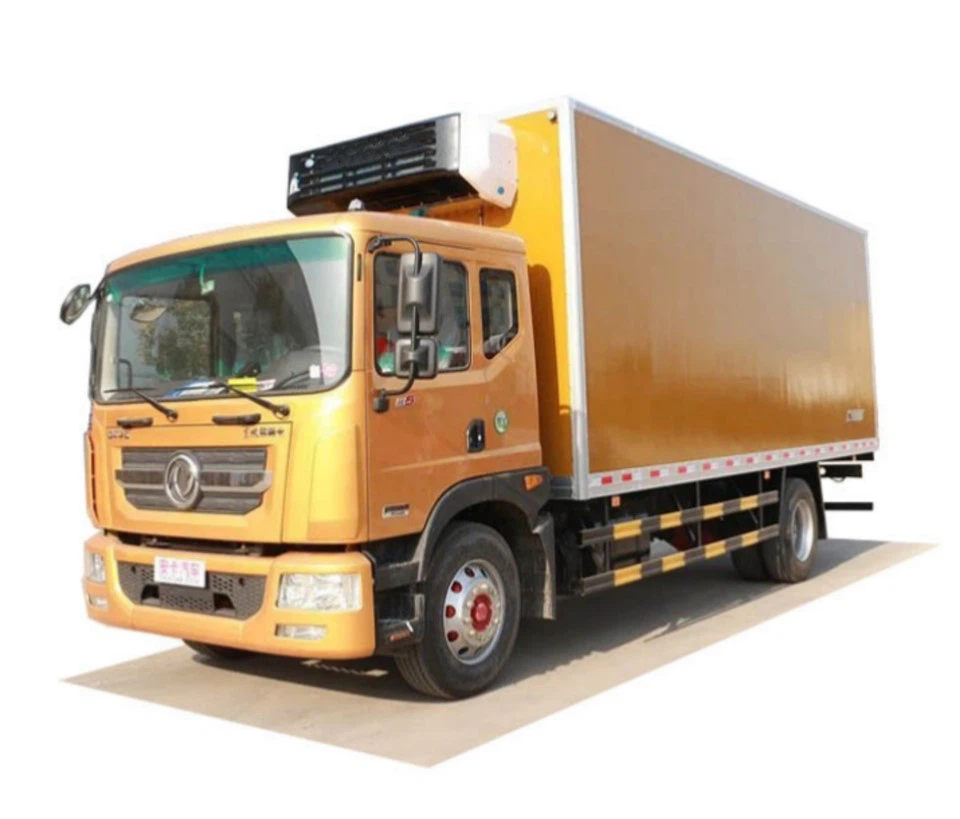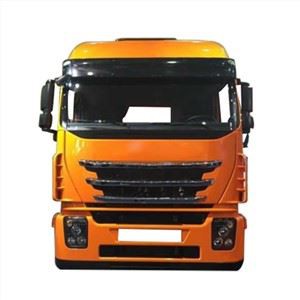Understanding Fuel Tanker Gallons: Capacity, Efficiency, and Industry Insights

Fuel tanker gallons play a crucial role in the transportation of fuel across vast distances. With the energy sector being a significant backbone of the global economy, understanding the capacity and specifics of fuel tankers is essential for businesses, distributors, and consumers. In this comprehensive article, we delve into everything you need to know about fuel tanker gallons, their types, capacities, uses, and industry practices.

The Basics of Fuel Tankers
What Are Fuel Tankers?
Fuel tankers are specialized vehicles designed for the transportation of liquids, primarily fuel and petroleum products. These tankers are equipped with tanks that can handle a variety of liquid forms, including gasoline, diesel, and aviation fuels.
Types of Fuel Tankers
Fuel tankers can be classified into different categories based on their size, structure, and the type of fuel they carry:
- Truck Tankers: These are road-going vehicles that transport fuel to filling stations or commercial sites.
- Rail Tankers: Used for large-scale transportation of fuel via rail, rail tankers can carry significant amounts over long distances.
- Ship Tankers: These vessels are used for international and coastal shipping of fuel, capable of transporting vast quantities.
Measuring Fuel in Gallons
Understanding Gallons
The gallon is a unit of measure used primarily in the United States to quantify fluid volume. In the context of fuel tankers, understanding how gallons are measured is essential for accurate transportation and distribution.
Types of Gallons
| Type of Gallon | Volume in Liters |
|---|---|
| US Liquid Gallon | 3.785 |
| Imperial Gallon | 4.546 |
Most fuel tankers in the United States operate using US liquid gallons.

Fuel Tanker Capacities
Typical Capacities of Fuel Tankers
Fuel tanker capacities can vary significantly depending on the type of tanker. Here are some common capacities:
- Small Tankers: Often used for local deliveries, small tankers typically carry between 1,000 to 5,000 gallons.
- Medium Tankers: These tankers usually have a capacity of 5,000 to 10,000 gallons.
- Large Tankers: Designed for long-distance transport, large tankers may hold between 10,000 to 50,000 gallons or more.
Factors Influencing Capacity
Several factors can affect the capacity of fuel tankers, including:
- Design and structure of the tanker
- Type of liquid being transported
- Regulatory requirements and safety standards
Efficiency in Fuel Transportation
How Fuel Tankers Improve Efficiency
Fuel tankers are designed with efficiency in mind to minimize waste and reduce transportation costs. Here are ways fuel tankers enhance efficiency:
- Optimal Loading: Maximal load capacity ensures fewer trips while maintaining safety limits.
- Minimized Spillage: Advanced designs reduce the chances of leakage or spillage during transit.
- GPS Tracking: Many modern tankers utilize GPS to optimize routes and ensure timely deliveries.
Examples of Efficiency Improvements
For example, a logistics company that incorporates GPS tracking can potentially reduce fuel consumption by 10-15% by choosing the most efficient routes. Additionally, using tankers designed for quick loading and unloading can expedite the trading process, leading to better fuel turnover rates.
Regulations in Fuel Transportation

Local and National Regulations
Fuel transportation is subject to strict regulations intended to ensure safety and environmental protection. These regulations can vary by country and region but generally include:
- Licensing and certification for tanker operators
- Regular maintenance checks for tankers
- Specific guidelines for loading, transporting, and unloading different types of fuel
International Standards
Beyond national regulations, international organizations such as the International Maritime Organization (IMO) establish guidelines for larger marine tankers. These standards help in ensuring safety and minimizing potential environmental disasters.
Tips for Safe Fuel Transport
Best Practices for Handling Fuel Tankers
Safety is paramount in fuel transportation. Some best practices include:
- Proper Training: Ensure all personnel involved in fuel transport are trained and certified.
- Regular Inspections: Conduct routine checks of the tanker’s integrity and safety equipment.
- Emergency Protocols: Develop and rehearse emergency response plans in case of spills or accidents.
Handling Spills and Emergencies
In the unfortunate event of a spill, immediate action is crucial. Having a spill kit and trained personnel on hand can mitigate environmental damage and facilitate faster recovery.
Fuel Tankers in the Future
Technological Advances
The future of fuel transportation is likely to be shaped by technology. Innovations such as self-driving tankers and better monitoring systems aim to improve efficiency and safety.
Eco-Friendly Transportation Solutions
With increasing awareness of environmental concerns, the fuel industry is exploring alternative fuel sources and more sustainable fuel transportation practices. Electric and hybrid tankers may become common, significantly reducing the carbon footprint associated with fuel transport.
Frequently Asked Questions (FAQs)
How many gallons can a standard fuel tanker carry?
A typical fuel tanker can carry anywhere from 1,000 to 50,000 gallons, depending on its size and design.
What is the difference between US gallons and Imperial gallons?
The US gallon is approximately 3.785 liters, while the Imperial gallon is about 4.546 liters. This difference can impact fuel quantities transported internationally.
What safety measures must fuel tankers follow?
Fuel tankers must adhere to strict safety measures, including regular inspections, proper training for operators, and emergency protocols for spills or accidents.
Are there specific regulations for transporting hazardous materials?
Yes, transporting hazardous materials such as fuel is governed by both local and international regulations to minimize risks to health, safety, and the environment.
How can companies improve the efficiency of fuel transportation?
Companies can improve fuel transportation efficiency by optimizing routes using GPS technology, ensuring maximum load capacities, and adhering to safety and maintenance best practices.
What is the role of technology in the future of fuel tankers?
Technology will likely play a significant role in the future of fuel tankers, with advancements in automation, monitoring systems, and eco-friendly solutions leading the way.
